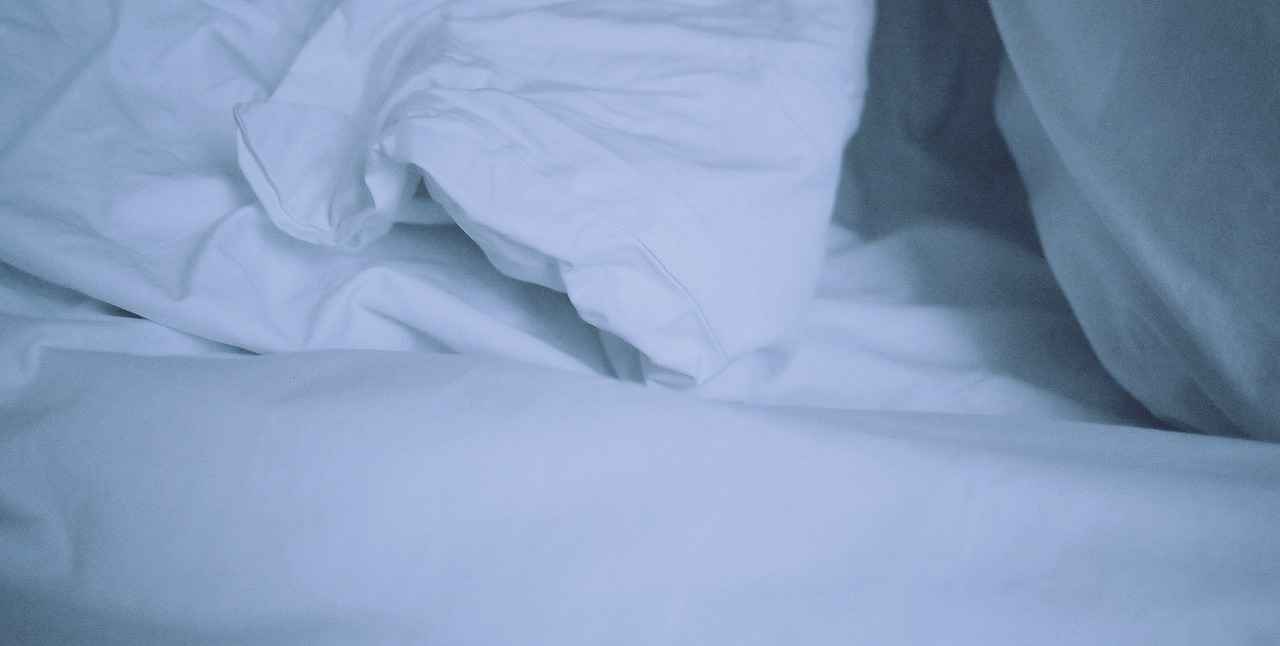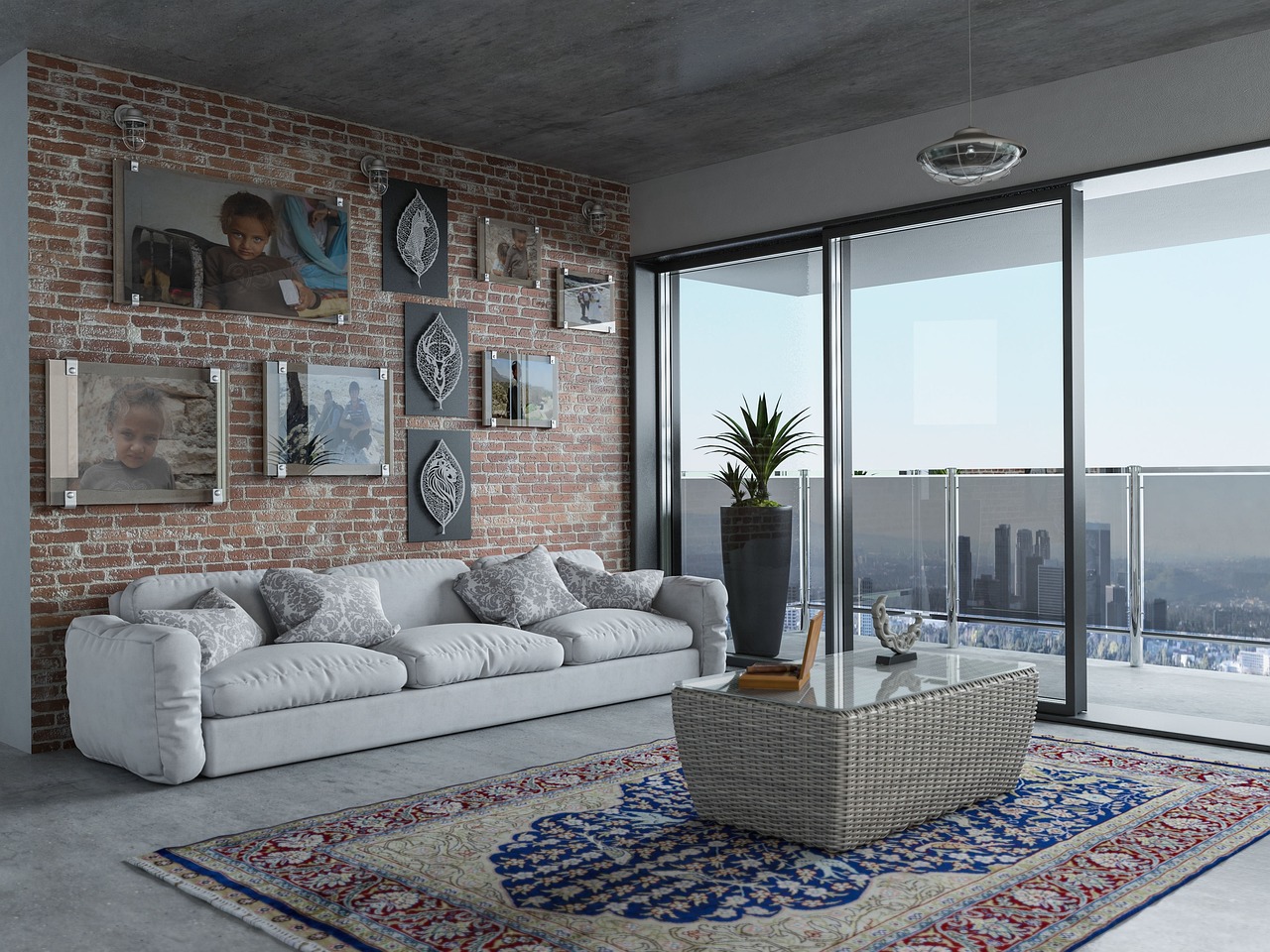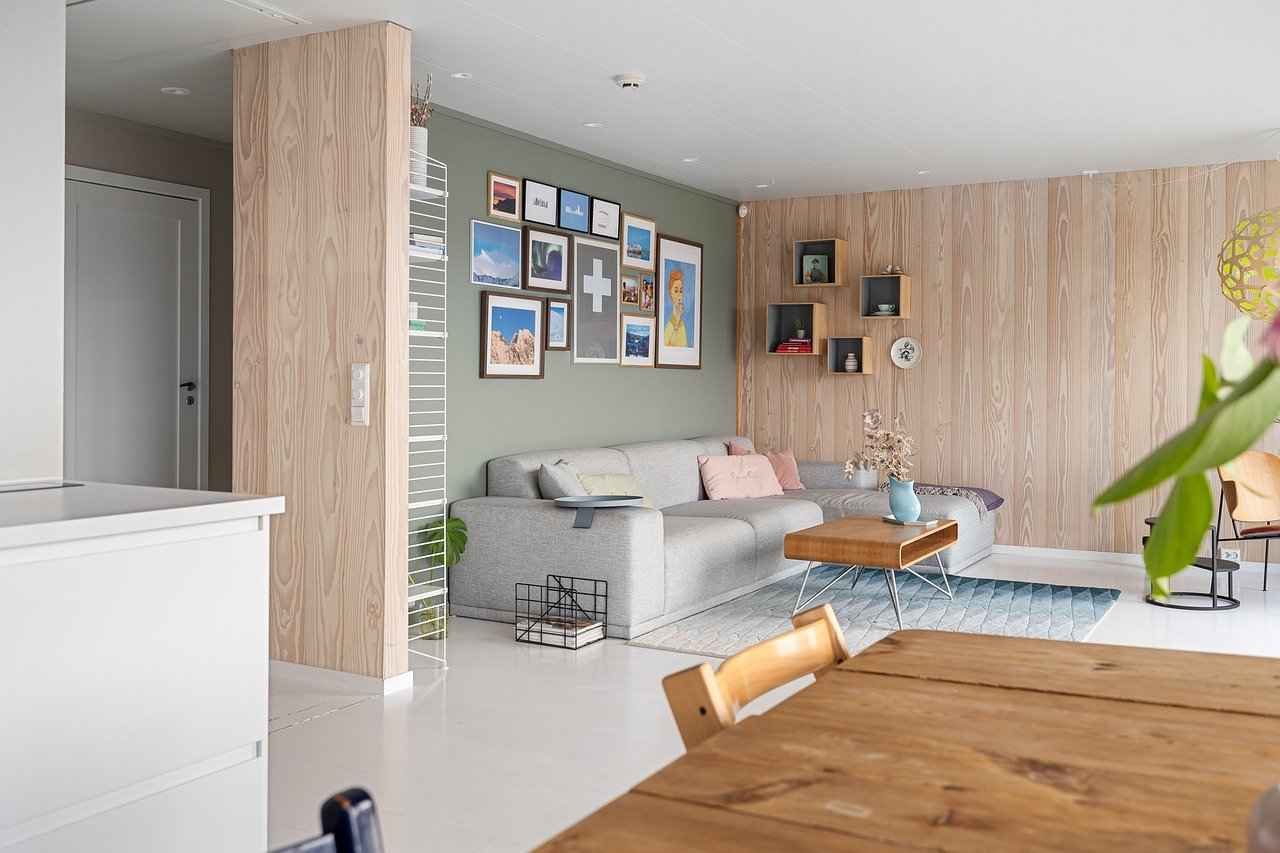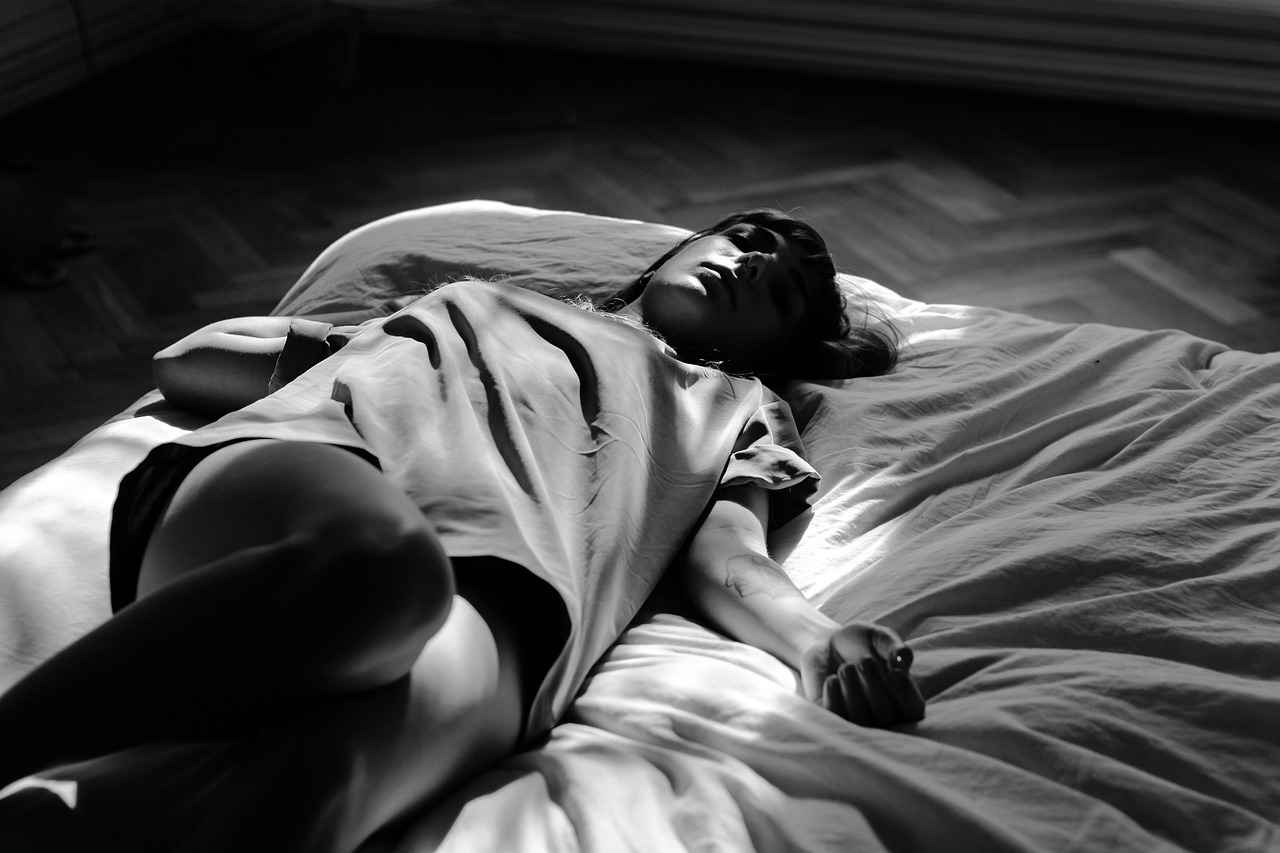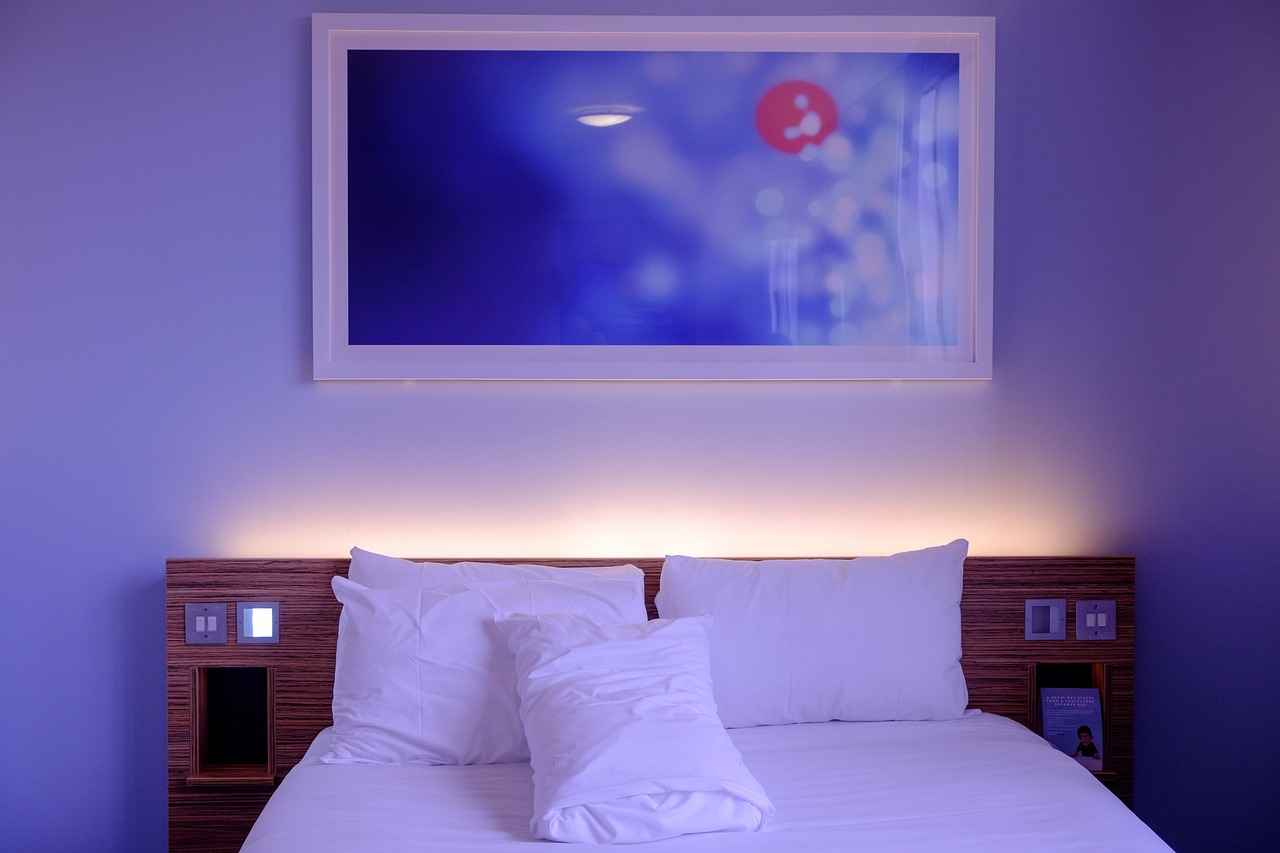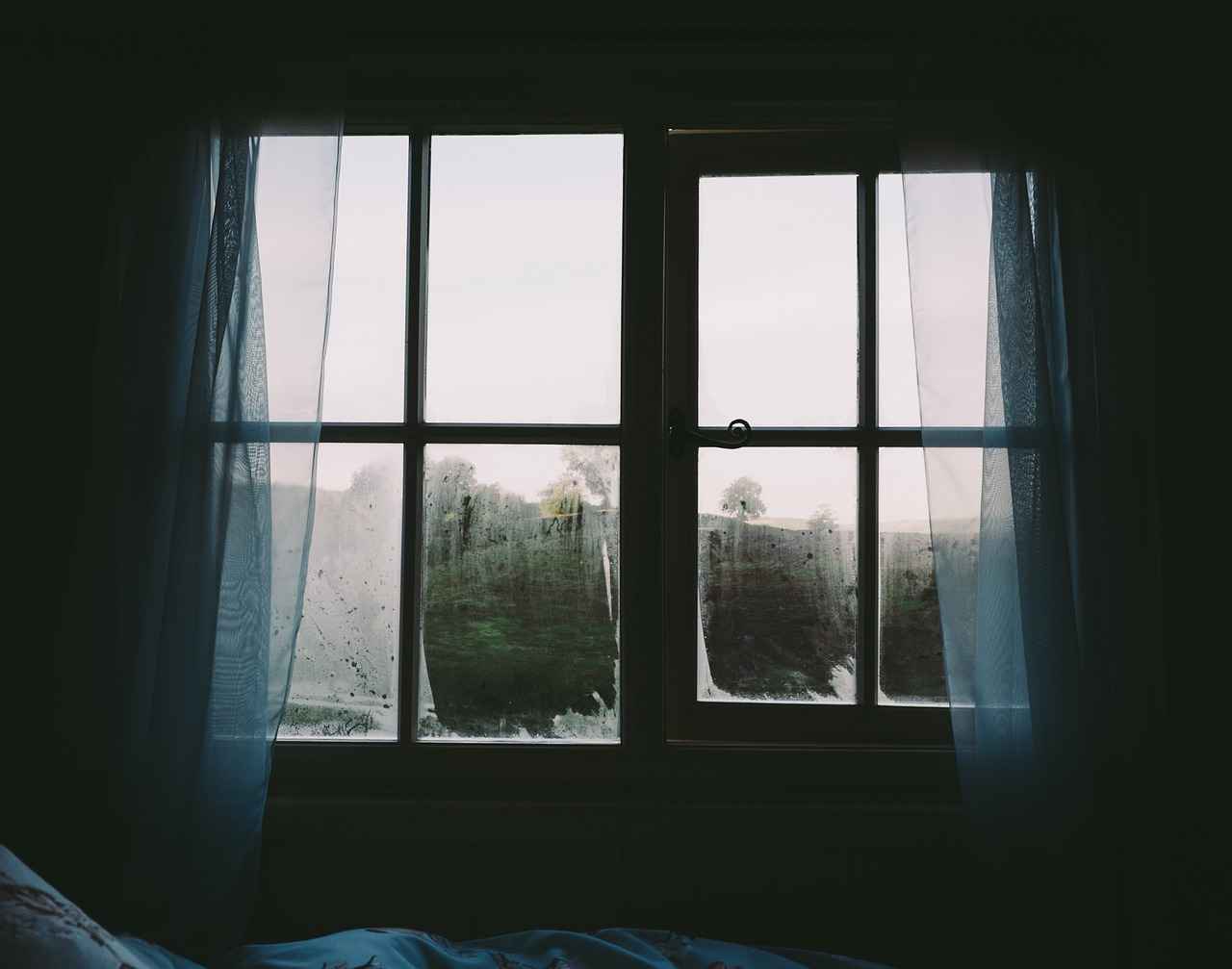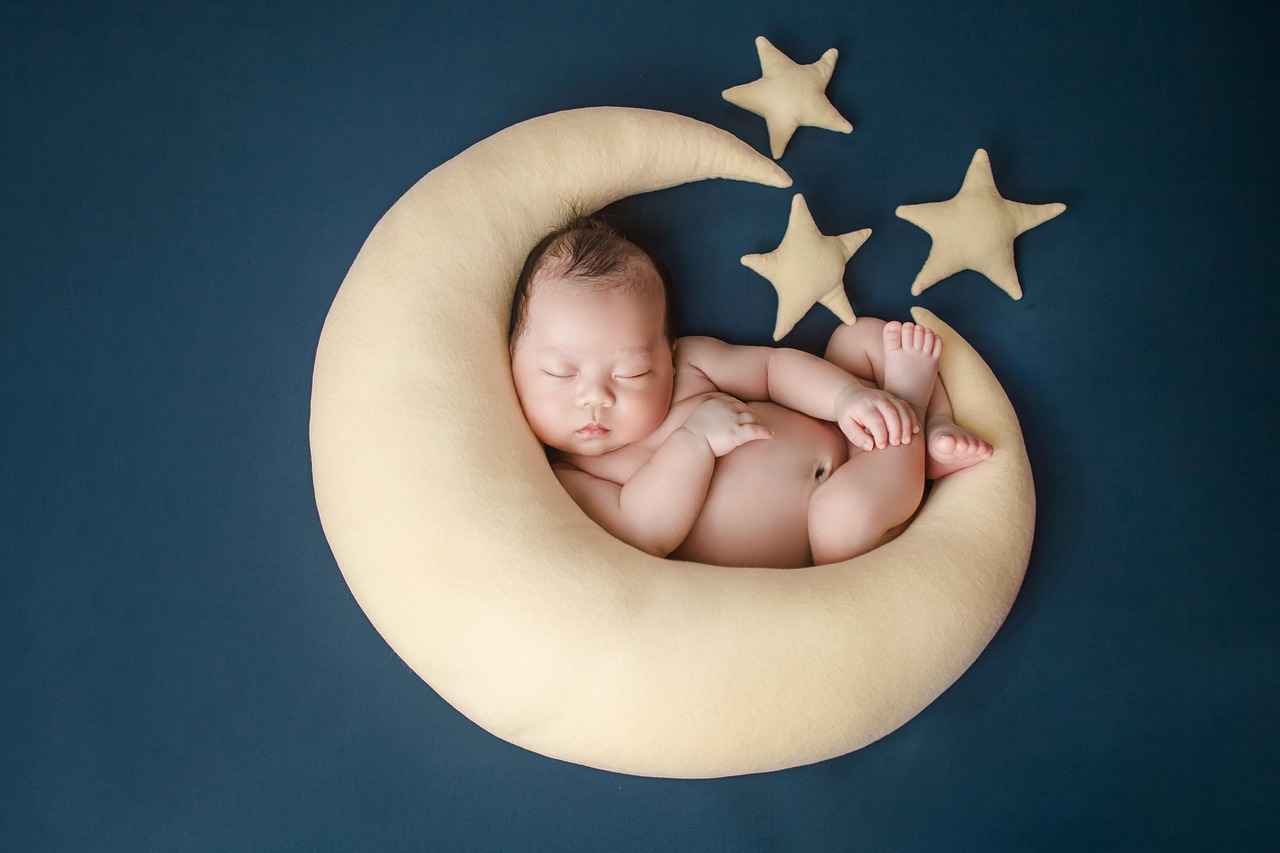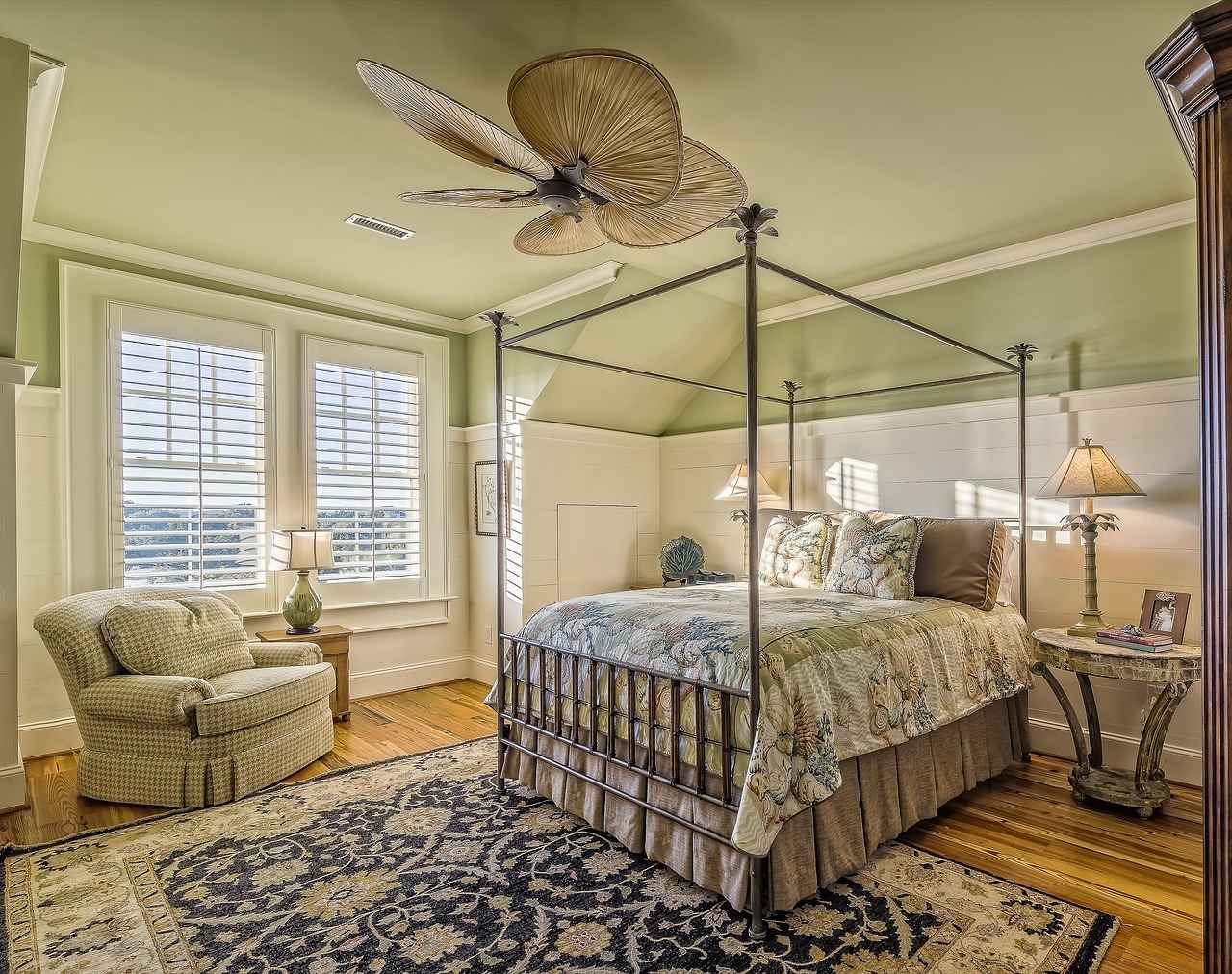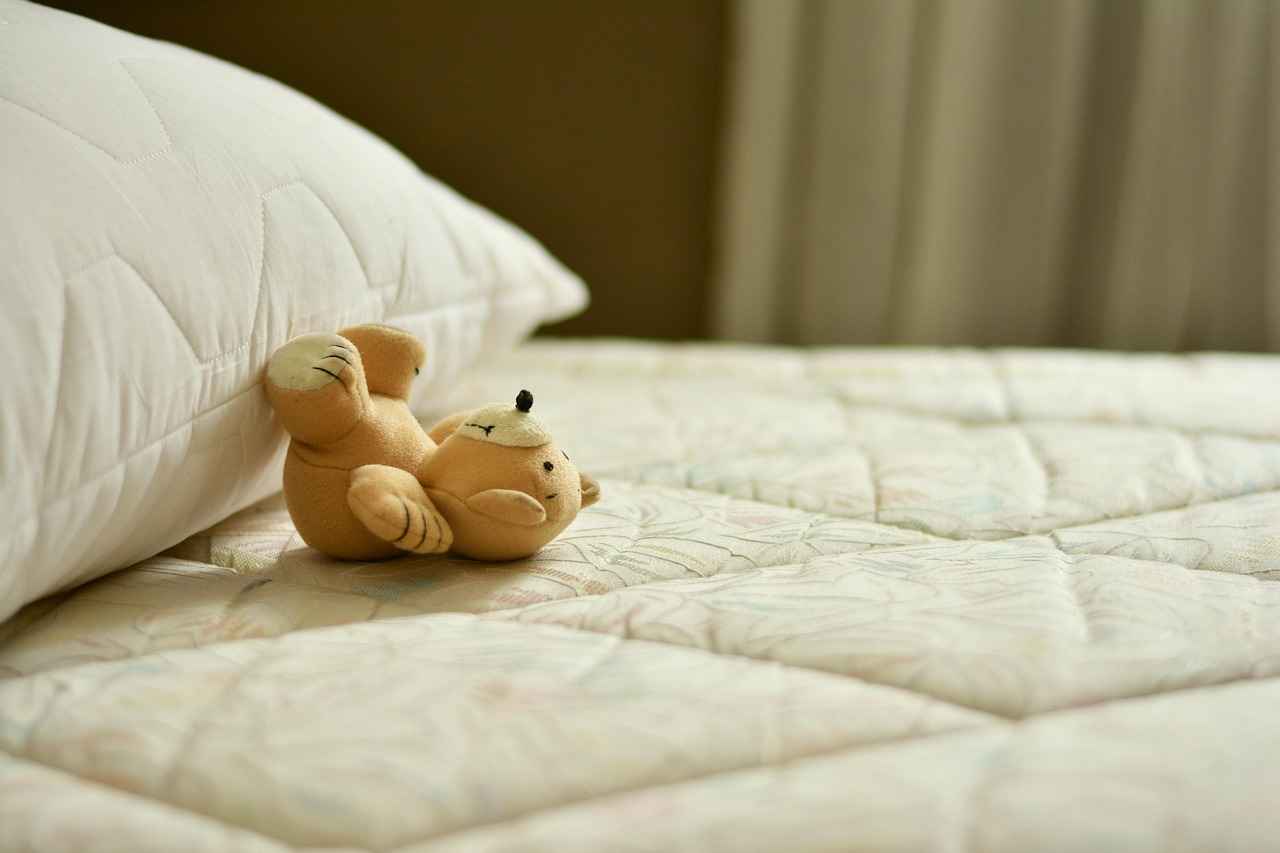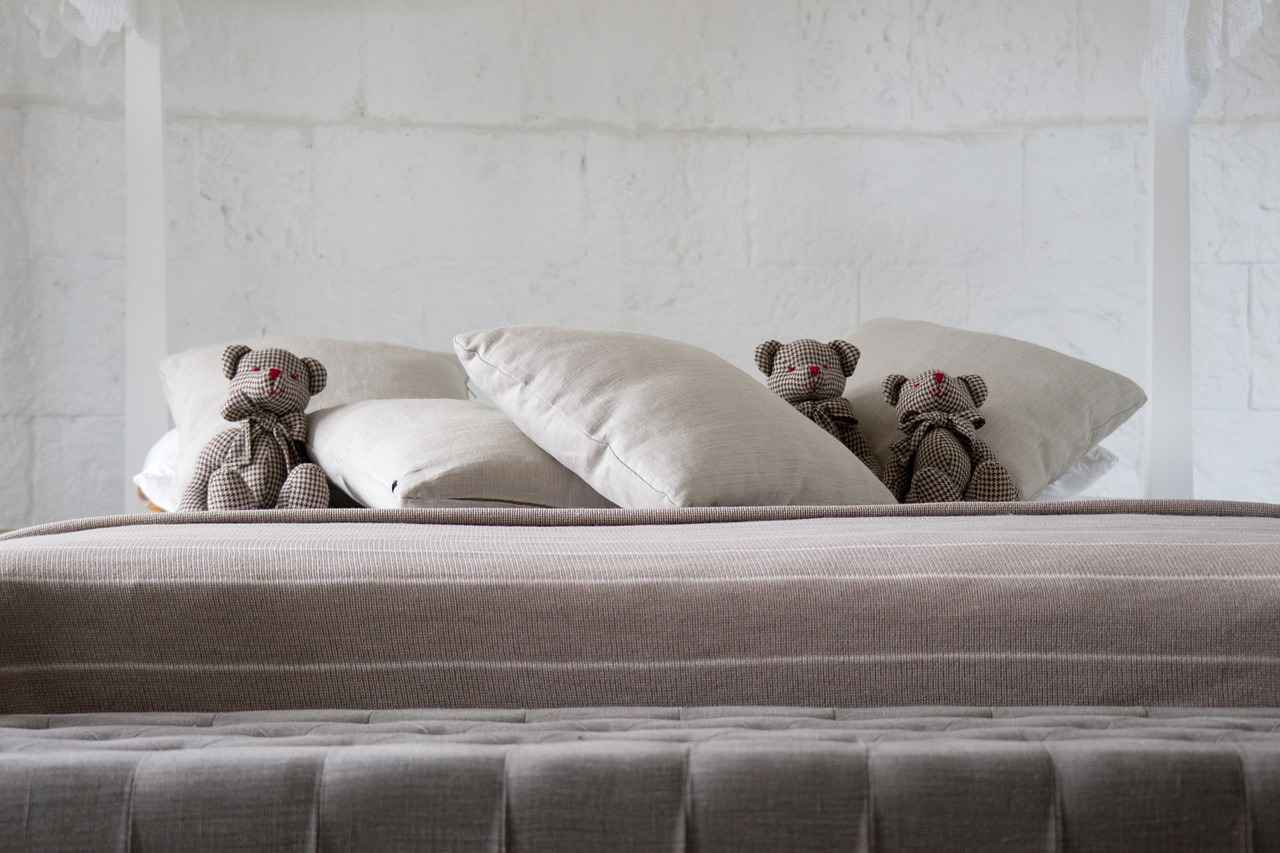This article explores the rising trend of plywood bed designs, highlighting their benefits, versatility, and sustainability. Discover why this modern approach to bedroom furniture is capturing the attention of homeowners and designers alike.
What Makes Plywood an Ideal Material for Beds?
Plywood is a remarkable material that combines lightweight properties with exceptional durability, making it an excellent choice for bed frames. Its unique construction provides both strength and flexibility, allowing for a variety of design styles that cater to different user needs. The layered design of plywood ensures that it can withstand daily use while maintaining its structural integrity.
Benefits of Plywood Beds Over Traditional Wooden Beds
Plywood beds offer numerous advantages compared to traditional wooden beds. Here are some key benefits:
- Cost-Effectiveness: Plywood is generally more affordable than solid wood, allowing consumers to achieve stylish designs without overspending.
- Eco-Friendliness: Sourced from sustainable forests, plywood is an environmentally friendly option that supports responsible forestry practices.
- Customization: Plywood can be easily shaped and finished, enabling homeowners to customize their beds to suit their personal style.
Design Versatility: Plywood Bed Styles
Plywood can be shaped and styled in various ways, accommodating diverse aesthetics from minimalist to rustic. This versatility allows homeowners to find a design that perfectly fits their personal taste.
Minimalist Plywood Bed Designs
Minimalist designs focus on simplicity and functionality. Plywood’s clean lines and natural finish make it ideal for creating serene, clutter-free bedroom environments. The understated elegance of minimalist plywood beds can enhance the overall ambiance of a room.
Rustic Plywood Bed Designs
Rustic designs embrace natural textures and finishes. Plywood can be stained or left raw to enhance its organic appeal, making it suitable for cozy, farmhouse-style bedrooms. The warmth and character of rustic plywood beds can create a welcoming atmosphere in any space.
How to Choose the Right Plywood Bed for Your Space
Selecting the perfect plywood bed involves considering size, style, and functionality. Here are some tips for making the best choice:
Determining the Right Size
Measuring your bedroom space is crucial to ensure the bed fits comfortably. Standard bed sizes include twin, full, queen, and king. Consider the layout of your room and how much space you want around the bed for movement and additional furniture.
Matching Your Bed with Room Decor
Coordinating your plywood bed with existing furniture and decor is essential for a cohesive look. Explore how color, finish, and style can enhance your bedroom’s overall aesthetic. For instance, a light-colored plywood bed can brighten a dark room, while a darker finish can add depth and sophistication.
Maintenance Tips for Plywood Beds
Proper care can extend the life of your plywood bed. Here are some simple maintenance tips:
Cleaning and Care Instructions
Regular cleaning is essential for maintaining the appearance of plywood. Use a soft, damp cloth to wipe down surfaces and avoid harsh chemicals that could damage the finish. A periodic application of wood polish can also help maintain its luster.
Repairing Scratches and Dents
Minor imperfections can occur over time. To repair scratches, consider using a wood filler that matches the plywood finish. For deeper dents, sanding the area lightly and applying a matching stain can help restore its original look.
Future Trends in Plywood Furniture Design
As design trends evolve, plywood continues to gain popularity in furniture making. Emerging trends include innovative designs that incorporate mixed materials and multifunctional features, appealing to modern consumers looking for both style and practicality. The future of plywood bed designs promises to be exciting and dynamic, catering to a wide range of preferences and needs.

What Makes Plywood an Ideal Material for Beds?
Plywood has emerged as a favored material in modern furniture design, particularly for bed frames. This article delves into the unique attributes that make plywood an ideal choice for beds, exploring its lightweight nature, durability, and versatility.
One of the most significant advantages of plywood is its lightweight composition. Unlike solid wood, which can be heavy and cumbersome, plywood is easy to handle and move. This characteristic not only simplifies the assembly process but also makes it easier for homeowners to rearrange their bedroom layout without the strain of lifting heavy furniture.
In addition to being lightweight, plywood is also remarkably durable. Its unique construction involves layering thin sheets of wood veneer, which are glued together in alternating directions. This method creates a material that is both strong and flexible, allowing it to withstand the rigors of daily use. Plywood bed frames can support significant weight without warping or breaking, making them a reliable choice for various body types and sleeping styles.
Versatility is another key attribute of plywood. It can be easily shaped and styled to fit a multitude of design aesthetics. Whether you prefer a minimalist look with clean lines or a more rustic appeal that highlights natural textures, plywood can accommodate your vision. Its adaptability allows designers to create beds that cater to a wide range of preferences, ensuring that there is a plywood bed for everyone.
Moreover, plywood is an eco-friendly option. Many plywood products are sourced from sustainably managed forests, making them a responsible choice for environmentally conscious consumers. By opting for plywood beds, buyers can support sustainable forestry practices while enjoying stylish and functional furniture.
When considering the cost-effectiveness of plywood beds, it becomes clear why they are increasingly popular. Plywood is generally less expensive than solid wood, allowing consumers to achieve high-quality designs without breaking the bank. This financial benefit makes plywood beds accessible to a broader audience, from young professionals to families looking for budget-friendly options.
In terms of maintenance, plywood beds are relatively easy to care for. Regular cleaning with a damp cloth can help preserve their appearance, while occasional polishing can enhance their natural finish. For minor scratches and dents, simple repair techniques can restore the bed’s look, ensuring it remains a centerpiece of the bedroom for years to come.
In summary, the combination of lightweight design, durability, versatility, and eco-friendliness makes plywood an ideal material for bed frames. As more consumers seek stylish yet practical furniture solutions, plywood beds stand out as a modern choice that meets diverse needs and preferences.
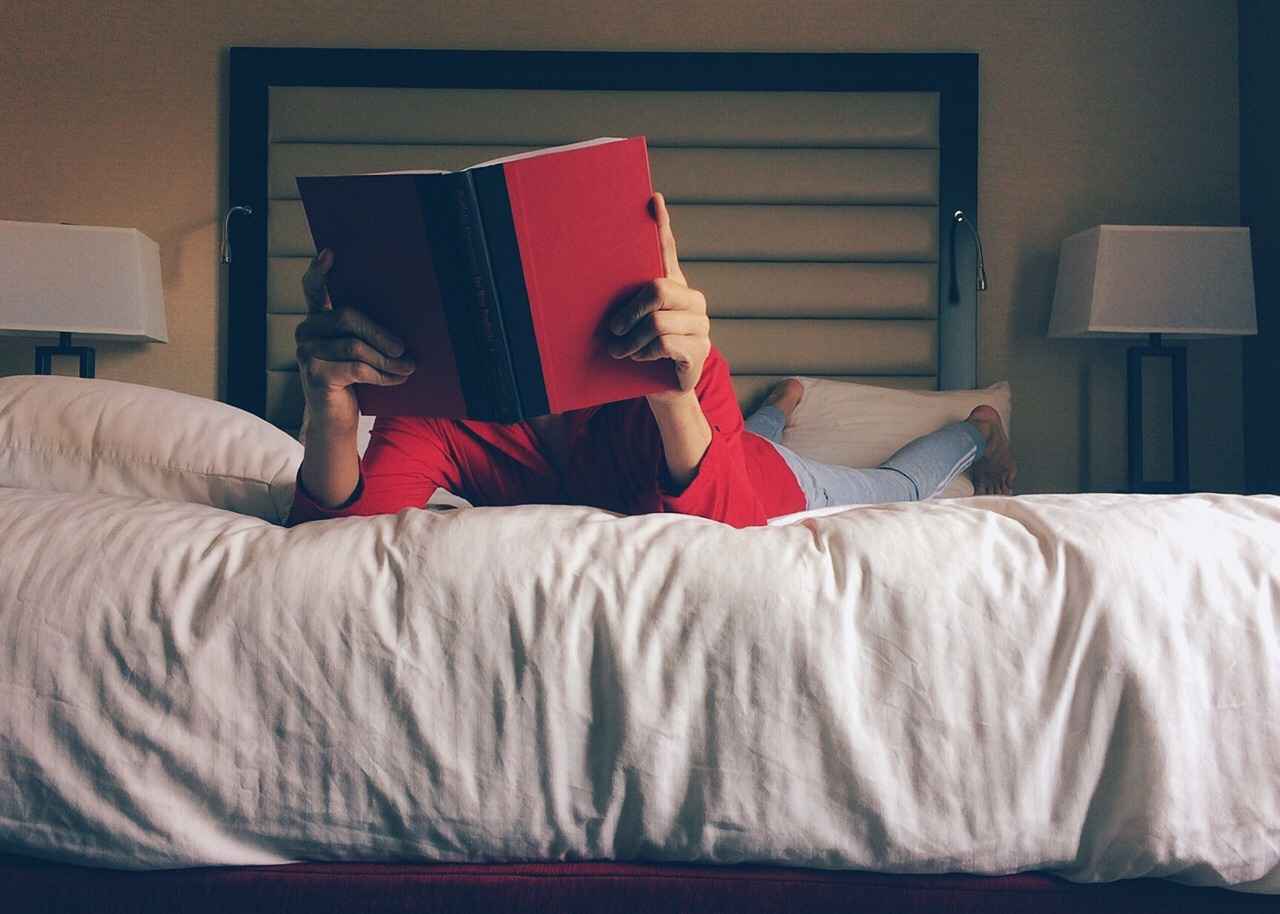
Benefits of Plywood Beds Over Traditional Wooden Beds
Plywood beds are becoming increasingly popular as a preferred choice for bedroom furniture, offering several advantages over traditional wooden beds. Understanding these benefits can help consumers make informed decisions about their furniture purchases.
One of the primary benefits of plywood beds is their cost-effectiveness. Plywood is generally less expensive than solid hardwood, allowing consumers to enjoy stylish and durable designs without breaking the bank. This affordability makes plywood beds accessible to a wider audience, enabling more people to invest in quality furniture.
In addition to being budget-friendly, plywood beds are also eco-friendly. Many plywood products are sourced from sustainably managed forests, which means that choosing a plywood bed contributes to responsible forestry practices. For environmentally conscious consumers, this is a significant advantage, as it aligns with their values of sustainability and conservation.
Another compelling reason to consider plywood beds is their ease of customization. Plywood can be easily shaped and finished to suit various design preferences, making it an ideal choice for those looking to personalize their furniture. Whether you prefer a minimalist aesthetic or a more rustic look, plywood can be adapted to fit your style.
| Advantages | Plywood Beds | Traditional Wooden Beds |
|---|---|---|
| Cost | More affordable | Generally more expensive |
| Environmental Impact | Sourced from sustainable forests | Varies by source |
| Customization | Highly customizable | Limited customization options |
Furthermore, plywood beds are lightweight yet durable, making them easier to move and rearrange. This is particularly beneficial for those who frequently change their bedroom layout or move homes. The unique construction of plywood provides both strength and flexibility, ensuring that the bed can withstand daily use while maintaining its integrity.
When it comes to design versatility, plywood beds shine. They can easily be integrated into various interior styles, from modern to rustic. For instance, a minimalist plywood bed can feature clean lines and a natural finish, promoting a serene and clutter-free environment. On the other hand, a rustic plywood bed can embrace natural textures and finishes, enhancing the cozy feel of a farmhouse-style bedroom.
In summary, the benefits of plywood beds over traditional wooden beds are numerous and compelling. Their cost-effectiveness, eco-friendliness, ease of customization, and versatility make them an attractive option for a wide range of consumers. By choosing a plywood bed, you not only invest in a stylish piece of furniture but also contribute positively to the environment.
Cost-Effectiveness of Plywood Beds
Plywood beds have become increasingly popular among homeowners and interior designers, primarily due to their cost-effectiveness. In today’s economy, where budget constraints are common, consumers are seeking affordable furniture options that do not compromise on style or quality. Plywood beds offer a practical solution that aligns with these needs.
One of the most compelling reasons to consider plywood over traditional solid wood is its affordability. Plywood is manufactured by layering thin sheets of wood veneer, which not only reduces material costs but also minimizes waste. This production method allows manufacturers to offer plywood beds at a lower price point compared to solid wood alternatives. As a result, homeowners can enjoy stylish and modern bed designs without stretching their budgets.
In addition to being budget-friendly, plywood beds are often more versatile in design. They can be easily customized to fit various aesthetics, from minimalist to rustic. This flexibility means that consumers can find a bed that complements their existing decor without the hefty price tag typically associated with custom furniture. Furthermore, the lightweight nature of plywood makes it easier to move and rearrange, allowing for greater adaptability in living spaces.
The long-term value of plywood beds is also noteworthy. While solid wood may have a reputation for durability, high-quality plywood is engineered to withstand wear and tear effectively. With proper care, plywood beds can last for many years, making them a wise investment. Additionally, the ability to easily repair and refinish plywood surfaces means that maintaining its appearance over time is both simple and cost-effective.
Another aspect to consider is the growing trend toward sustainability. Many plywood products are sourced from responsibly managed forests, making them an eco-friendly choice. By opting for plywood beds, consumers can contribute to environmental conservation efforts while still enjoying beautiful furniture. This appeal to sustainability not only enhances the value of plywood beds but also aligns with the values of an increasingly eco-conscious consumer base.
Moreover, the accessibility of plywood beds makes them a favored choice among younger buyers and first-time homeowners. Many individuals entering the housing market are looking for affordable yet stylish options that fit their limited budgets. Plywood beds provide a solution that meets these criteria, allowing more people to invest in quality furniture without financial strain.
In conclusion, the cost-effectiveness of plywood beds is a significant factor driving their popularity. By offering an affordable, durable, and versatile alternative to solid wood, plywood beds cater to a wide range of consumers. They not only provide an opportunity for stylish bedroom designs but also support sustainable practices, making them an attractive choice for modern households.
Eco-Friendly Aspects of Plywood
Plywood has emerged as a popular choice for furniture, particularly in bed designs, due to its numerous eco-friendly aspects. As more consumers become aware of their environmental impact, the demand for sustainably sourced materials has surged. This section delves into why plywood is not only a practical option but also a responsible one for the environmentally conscious consumer.
One of the primary benefits of plywood is that it is sourced from sustainable forests. This means that the wood used in plywood production comes from forests that are managed responsibly, ensuring that trees are replanted and ecosystems are preserved. By choosing plywood beds, consumers are actively supporting responsible forestry practices, which play a crucial role in combating deforestation and promoting biodiversity.
In addition to its sustainable sourcing, plywood is also known for its efficiency in production. The manufacturing process of plywood maximizes the use of wood, resulting in less waste compared to solid wood furniture. This efficiency not only conserves resources but also reduces the carbon footprint associated with furniture production. As a result, plywood beds are an attractive option for those looking to minimize their environmental impact.
- Renewable Resource: Plywood is made from thin layers of wood veneer that are glued together. This layered construction allows for the use of fast-growing tree species, making plywood a renewable resource.
- Low Emissions: Many manufacturers are adopting eco-friendly adhesives that emit fewer volatile organic compounds (VOCs), contributing to improved indoor air quality.
- Durability: Plywood is remarkably strong and durable, which means that furniture made from plywood can last for many years, reducing the need for replacements and minimizing waste.
Moreover, plywood beds can easily be customized to suit various design preferences without compromising their eco-friendly properties. Whether opting for a minimalist design or a more intricate style, the versatility of plywood allows it to fit seamlessly into any bedroom decor. This adaptability ensures that consumers do not have to sacrifice aesthetics for sustainability.
As the trend towards sustainable living continues to grow, the eco-friendly aspects of plywood become even more significant. By choosing plywood beds, consumers are not only investing in quality furniture but also making a statement about their commitment to the environment. This conscious choice reflects a broader shift towards sustainability in the furniture industry, encouraging manufacturers to prioritize eco-friendly practices and materials.
In conclusion, the eco-friendly aspects of plywood make it an ideal choice for beds and other furniture. With its sustainable sourcing, efficient production, and adaptability, plywood stands out as a responsible option for consumers who care about the environment. By selecting plywood beds, you are not only enhancing your living space but also contributing to a more sustainable future.
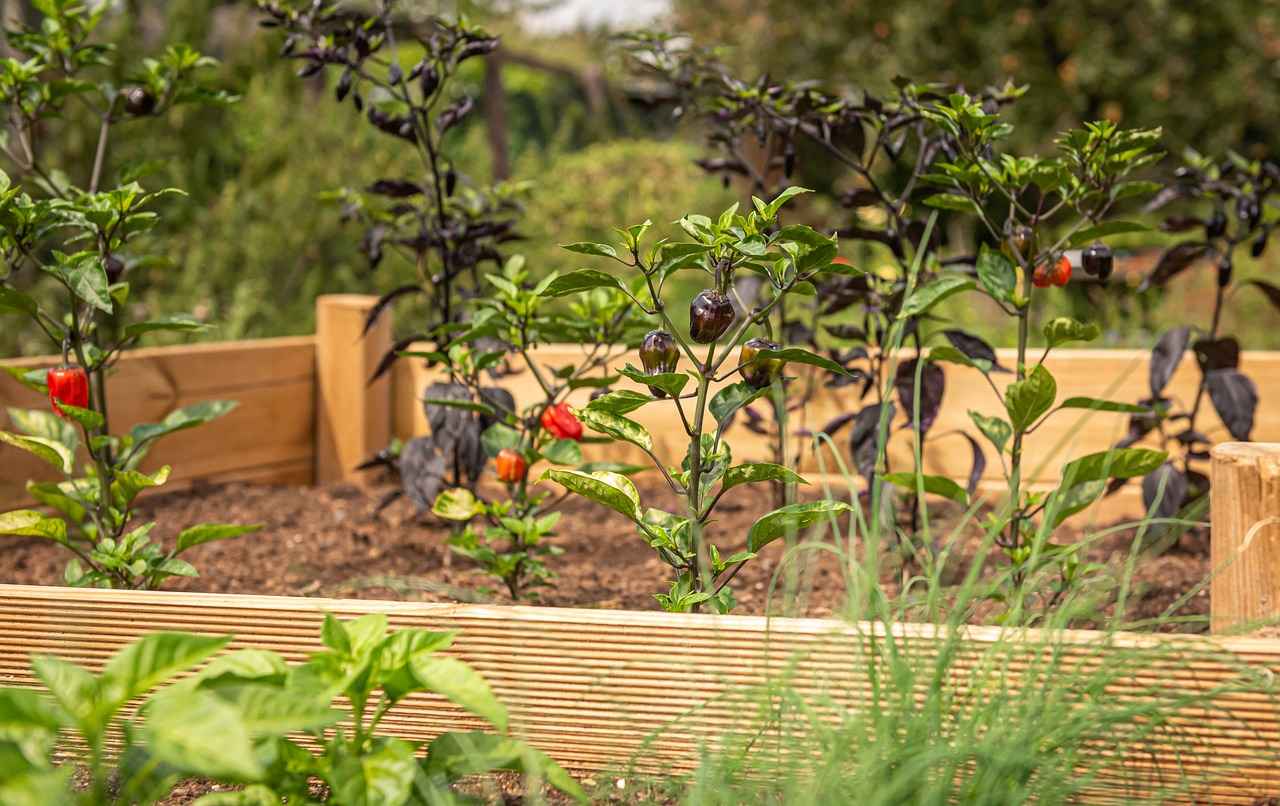
Design Versatility: Plywood Bed Styles
Plywood bed designs have gained significant popularity due to their design versatility and ability to adapt to various interior styles. This section delves deeper into the different styles of plywood beds, showcasing how they can cater to a range of aesthetics and preferences.
Plywood can be shaped and styled in numerous ways, accommodating a variety of aesthetics that range from minimalist to rustic. This inherent versatility allows homeowners to find a design that perfectly aligns with their personal taste and the overall theme of their bedroom.
Minimalist designs emphasize simplicity, functionality, and clean lines. Plywood’s smooth surface and natural finish make it an excellent choice for creating serene and clutter-free bedroom environments. These beds often feature:
- Sleek lines: The absence of elaborate details creates a modern look.
- Neutral colors: Light wood tones or white finishes enhance the airy feel.
- Functional features: Built-in storage options can maximize space without compromising style.
On the other end of the spectrum, rustic plywood bed designs embrace a more organic and textured approach. These beds can be stained or left raw to highlight the natural beauty of the wood. Key elements of rustic designs include:
- Natural textures: Exposed grains and knots add character and warmth.
- Earthy tones: Deep browns and warm hues create a cozy atmosphere.
- Handcrafted details: Unique finishes and artisanal touches enhance the rustic charm.
Contemporary designs often blend modern aesthetics with functional elements. Plywood beds in this category may feature:
- Geometric shapes: Innovative forms and angles create a striking visual impact.
- Mixed materials: Combining plywood with metal or fabric can enhance the design.
- Smart technology: Integrating charging ports or LED lighting for added convenience.
Scandinavian design is known for its minimalism and functionality. Plywood beds inspired by this style typically showcase:
- Light colors: Soft whites and light woods promote a bright and airy feel.
- Simple forms: Clean and uncomplicated lines create a peaceful ambiance.
- Multi-functionality: Beds that double as storage solutions or seating areas.
Industrial designs combine raw materials with a modern edge. Plywood beds in this style often feature:
- Raw finishes: Unfinished wood surfaces that emphasize the industrial vibe.
- Metal accents: Incorporating metal frames or hardware for a rugged look.
- Bold colors: Darker wood tones or painted surfaces that stand out.
With such a wide array of styles available, it’s clear that plywood beds can fit seamlessly into any bedroom decor. Whether you prefer the clean lines of minimalism or the warmth of rustic charm, there’s a plywood bed design that can meet your needs.
Minimalist Plywood Bed Designs
have become increasingly popular in modern interiors, emphasizing a philosophy that prioritizes simplicity and functionality. These designs are characterized by their clean lines, understated elegance, and a focus on creating a serene atmosphere in the bedroom. By utilizing plywood, designers can achieve a balance between aesthetics and practicality, making it an ideal choice for homeowners seeking to cultivate a calm and uncluttered space.
One of the key advantages of plywood is its natural finish, which adds warmth and character to any bedroom. Unlike traditional solid wood, plywood can be engineered to highlight its unique grain patterns, resulting in a visually appealing surface that enhances the overall design. This versatility allows for a range of finishes, from light stains that brighten a room to darker hues that create a cozy ambiance.
In minimalist design, every element serves a purpose, and plywood beds exemplify this principle perfectly. The lightweight nature of plywood makes it easy to move and rearrange, allowing homeowners to adapt their space as needed. This adaptability is particularly beneficial in smaller bedrooms where maximizing space is crucial. By choosing a minimalist plywood bed, individuals can create an inviting retreat that feels open and spacious.
Moreover, the functionality of minimalist plywood beds is unmatched. Many designs incorporate built-in storage solutions, such as drawers or shelves, which help reduce clutter and keep essential items easily accessible. This clever use of space is a hallmark of minimalist design, where every piece of furniture is designed with dual purposes in mind.
When it comes to aesthetics, minimalist plywood beds can seamlessly integrate with various decor styles. Whether your taste leans towards Scandinavian, industrial, or contemporary, these beds can be customized to fit your vision. The clean lines and simple forms of plywood beds provide a perfect backdrop for personalized decor elements, allowing you to express your style without overwhelming the space.
Furthermore, the sustainability of plywood contributes to its appeal in minimalist design. Sourced from responsibly managed forests, plywood is an eco-friendly option that aligns with the values of environmentally conscious consumers. By opting for plywood beds, homeowners are not only making a stylish choice but also a sustainable one, supporting practices that promote the health of our planet.
In summary, minimalist plywood bed designs offer a harmonious blend of simplicity, functionality, and sustainability. Their clean lines and natural finishes create a tranquil bedroom environment that encourages relaxation and peace. As more individuals seek to create serene living spaces, the popularity of plywood beds is likely to continue rising, making them a staple in modern bedroom furniture.
Rustic Plywood Bed Designs
are becoming increasingly popular, captivating homeowners with their unique charm and natural aesthetics. These designs reflect a connection to nature, making them ideal for those who appreciate the warmth and authenticity of rustic decor. By incorporating natural textures and finishes, rustic plywood beds create a cozy atmosphere that is perfect for a farmhouse-style bedroom.
One of the most appealing aspects of rustic plywood bed designs is their versatility. Plywood can be easily manipulated to achieve various styles, whether you prefer a more traditional look or a contemporary twist. The raw or stained finishes available enhance the wood’s organic appeal, allowing the natural grain to shine through. This makes each piece unique, adding character to your bedroom.
Natural Textures and Finishes
- Raw Plywood: Leaving plywood in its raw state showcases its natural beauty. The light color and visible grains create a serene and organic feel in any space.
- Stained Finishes: Staining plywood allows homeowners to customize the color while preserving the wood’s texture. Darker stains can add a touch of elegance, while lighter shades can enhance a bright, airy ambiance.
In addition to their aesthetic appeal, rustic plywood beds are also practical. The durability of plywood makes it a strong choice for bed frames, ensuring longevity and stability. Furthermore, these beds can be designed with built-in storage solutions, maximizing space in smaller bedrooms. This functionality complements the rustic design, allowing for a clutter-free environment that feels inviting and comfortable.
Creating a Cozy Atmosphere
To enhance the cozy feel of a rustic plywood bed, consider incorporating complementary decor elements. Soft bedding, textured throws, and a variety of pillows can transform the bed into a focal point of relaxation. Additionally, using natural materials such as wool, cotton, and linen in your bedding and decor will further emphasize the rustic theme.
Lighting also plays a crucial role in setting the mood. Warm, soft lighting can create an inviting atmosphere, perfect for winding down at the end of the day. Consider using bedside lamps with wooden bases or vintage-style fixtures that align with the rustic aesthetic.
DIY Rustic Plywood Bed Projects
For those who enjoy hands-on projects, creating a rustic plywood bed can be a rewarding endeavor. With the right tools and materials, you can design a bed that fits your specific style and space requirements. There are numerous online tutorials and plans available that guide you through the process, making it accessible even for novice DIYers.
When embarking on a DIY project, remember to choose high-quality plywood and select finishes that will enhance the wood’s natural beauty. Additionally, consider incorporating unique design elements such as headboards made from reclaimed wood or built-in shelving to personalize your bed further.
Ultimately, rustic plywood bed designs are not just a trend; they represent a shift towards more sustainable and personalized furniture choices. By embracing natural materials and focusing on craftsmanship, homeowners can create spaces that reflect their values and style.
As you explore the world of rustic plywood beds, consider how these designs can transform your bedroom into a sanctuary of comfort and warmth. With their blend of functionality and aesthetic appeal, rustic plywood beds are indeed a future-forward choice for modern bedroom furniture.

How to Choose the Right Plywood Bed for Your Space
Choosing the right plywood bed for your space is a crucial decision that can significantly impact both the functionality and aesthetic of your bedroom. With a plethora of options available, it’s essential to consider several factors, including size, style, and functionality. This guide aims to provide you with practical tips to ensure you make the best choice tailored to your individual needs and room dimensions.
Understanding Your Space
Before diving into the selection process, it’s important to evaluate your bedroom’s layout. Take precise measurements of your room, including the height, width, and length. This will help you determine how much space you can allocate for your bed without making the room feel cramped. Consider the placement of windows, doors, and other furniture to ensure a harmonious flow.
Determining the Right Size
- Standard Bed Sizes: Familiarize yourself with standard bed sizes, such as twin, full, queen, and king. Each size serves different requirements, depending on the number of occupants and available space.
- Room Dimensions: If you have a smaller room, a twin or full-size bed may be more appropriate, while larger rooms can accommodate queen or king-size beds.
- Height Considerations: Don’t forget to consider the height of the bed. A low-profile bed can create an illusion of more space, while a higher bed may offer additional storage options.
Choosing the Right Style
Your bed should complement your overall bedroom decor. Plywood beds come in various styles, from minimalist to rustic, allowing you to choose a design that resonates with your personal taste.
- Minimalist Designs: If you prefer clean lines and simplicity, a minimalist plywood bed will enhance your bedroom’s serene atmosphere.
- Rustic Aesthetics: For a cozier vibe, opt for a rustic design that embraces natural textures, offering warmth and charm.
- Modern Touches: Consider contemporary designs that incorporate unique shapes or finishes to make a bold statement in your room.
Functionality and Storage Options
In addition to aesthetics, functionality is key. Think about how you use your bed and what features would enhance your experience:
- Storage Solutions: Beds with built-in drawers or under-bed storage can maximize space, especially in smaller rooms.
- Adjustable Features: Some plywood beds come with adjustable frames, allowing you to customize the height or firmness according to your comfort needs.
Matching Your Bed with Room Decor
To achieve a cohesive look, coordinate your plywood bed with your existing furniture and decor. Consider the following:
- Color Palette: Choose a bed finish that complements the colors of your walls and other furniture.
- Material Harmony: If your room features metal or fabric elements, ensure that your plywood bed harmonizes with these materials.
- Style Consistency: Maintain consistency in design style throughout the room, whether it’s modern, traditional, or eclectic.
Final Thoughts
Choosing the right plywood bed involves more than just picking a style you like; it requires a thoughtful approach to size, functionality, and overall harmony with your space. By considering these factors, you can create a bedroom that is not only aesthetically pleasing but also functional and comfortable. With the right plywood bed, your bedroom can become a sanctuary of style and relaxation.
Determining the Right Size
When it comes to designing your bedroom, one of the most important factors to consider is the size of your bed. A well-chosen bed size not only enhances the room’s aesthetics but also ensures comfort and functionality. In this section, we will delve into the significance of measuring your bedroom space accurately and provide insights into various standard bed sizes.
Understanding Standard Bed Sizes
| Bed Size | Dimensions (inches) | Dimensions (cm) |
|---|---|---|
| Twin | 38 x 75 | 96.5 x 191 |
| Full | 54 x 75 | 137 x 191 |
| Queen | 60 x 80 | 152 x 203 |
| King | 76 x 80 | 193 x 203 |
| California King | 72 x 84 | 183 x 213 |
Each bed size serves different needs and preferences. For instance, a twin bed is perfect for small rooms or guest accommodations, while a queen bed is often favored for couples due to its spaciousness. A king bed provides ample space for those who require more room to sleep comfortably.
Measuring Your Bedroom Space
- Start by measuring the length and width of your bedroom.
- Consider the layout of the room, including windows, doors, and other furniture.
- Leave enough space for movement around the bed, ideally at least 2 feet on each side.
It’s crucial to visualize how the bed will fit within the room. You can use tape to outline the bed’s dimensions on the floor, giving you a clear idea of how much space it will occupy. This method allows you to assess the flow of the room and ensure that the bed does not overwhelm the space.
Choosing the Right Bed Size Based on Room Layout
When selecting a bed size, it’s essential to consider the overall layout of your room. For smaller bedrooms, a full or twin bed may be ideal, allowing for additional furniture like nightstands or dressers. In contrast, larger rooms can accommodate a king or queen bed, offering a luxurious sleeping experience.
Additionally, consider the style of your bedroom. A minimalist design might benefit from a platform bed that sits low to the ground, while a more traditional room could be complemented by a canopy bed. The bed’s height and design should harmonize with the overall decor, creating a cohesive look.
In summary, determining the right bed size for your bedroom is a critical step in the design process. By measuring your space accurately and understanding the various bed sizes available, you can make an informed decision that enhances both the functionality and aesthetics of your bedroom. This careful consideration ensures that your bed not only fits well but also contributes to a comfortable and inviting atmosphere.
Matching Your Bed with Room Decor
When it comes to designing your bedroom, matching your plywood bed with existing furniture and decor is crucial for achieving a harmonious and inviting atmosphere. A well-coordinated space not only enhances the aesthetic appeal but also promotes a sense of tranquility and comfort. Here are some key considerations to help you seamlessly integrate your plywood bed into your bedroom’s design.
- Color Harmony: The color of your plywood bed can significantly impact the overall look of your room. If your existing furniture features warm tones, consider opting for a bed with a natural wood finish or a warm stain. Conversely, if your decor leans towards cooler hues, a light or whitewashed plywood bed can create a refreshing contrast.
- Finish Matters: The finish of your plywood bed can either complement or clash with your current decor. A matte finish provides a modern and understated look, while a glossy finish can add a touch of elegance. Ensure that the finish aligns with the textures and styles of your other furniture pieces.
- Style Consistency: Plywood beds come in various styles, from minimalist to rustic. To maintain a cohesive look, select a bed style that resonates with your existing furniture. For instance, if your decor features clean lines and a modern aesthetic, a sleek, minimalist plywood bed will fit perfectly. On the other hand, if your room has a cozy, farmhouse vibe, a rustic plywood bed with natural edges may be the ideal choice.
Additionally, consider the scale of your plywood bed in relation to other furniture in the room. A large bed can overwhelm a small space, while a petite bed might get lost in a larger room. Properly balancing the proportions of your bed with other elements is essential for visual harmony.
Beyond color and style, accessorizing your plywood bed can further enhance the overall decor. Incorporate bedding, pillows, and throws that echo the colors and textures of your existing furniture. For instance, if your room features a mix of soft fabrics and natural materials, choose bedding that reflects this combination to tie everything together.
Ultimately, the goal is to create a bedroom that feels cohesive and personalized. By thoughtfully considering color, finish, style, and accessories, you can ensure that your plywood bed not only complements your existing decor but also becomes a focal point that enhances the overall ambiance of your space.
In summary, the integration of your plywood bed with your room’s decor is a vital step in designing a harmonious bedroom. By focusing on color harmony, finish, style consistency, and thoughtful accessorizing, you can achieve a balanced and inviting space that reflects your personal taste.

Maintenance Tips for Plywood Beds
Proper care can significantly extend the life of your plywood bed, ensuring it remains a beautiful and functional centerpiece in your bedroom. This section outlines essential maintenance tips that are both simple and effective, helping you keep your bed in excellent condition over time.
- Regular Cleaning: Dust and dirt can accumulate on your plywood bed, leading to scratches and dullness. Use a soft, damp cloth to wipe down the surfaces regularly. Avoid using harsh chemicals or abrasive materials, as they can damage the finish.
- Protecting the Surface: Consider applying a protective sealant or varnish to your plywood bed. This will help guard against moisture and stains, enhancing durability. Reapply the sealant every few years to maintain its effectiveness.
- Temperature and Humidity Control: Plywood is sensitive to extreme temperature and humidity changes. Maintain a stable environment in your bedroom to prevent warping or cracking. Ideally, keep the room temperature between 60°F and 75°F (15°C to 24°C) and humidity levels around 30-50%.
- Use a Mattress Protector: A high-quality mattress protector not only safeguards your mattress but also helps prevent dust mites and allergens from settling into your bed frame. This can prolong the life of both your mattress and your plywood bed.
- Inspect Regularly: Periodically check your bed for any signs of wear and tear, such as loose screws or joints. Tighten any loose components and make necessary repairs promptly to prevent further damage.
Repairing Scratches and Dents
Over time, minor imperfections like scratches and dents may occur. Fortunately, these can often be repaired easily:
- For Scratches: Use a wood filler or a matching touch-up pen to fill in the scratch. Once dry, gently sand the area to blend it with the surrounding surface, then apply a matching finish if needed.
- For Dents: Place a damp cloth over the dent and apply heat using an iron on a low setting. The steam will help the wood fibers swell back into place. Once the dent is raised, allow it to dry and then polish the area to restore its shine.
Conclusion
By following these maintenance tips, you can keep your plywood bed looking beautiful and functioning well for many years. Regular care not only enhances the appearance of your bed but also ensures it remains a reliable piece of furniture in your home.
Cleaning and Care Instructions
Maintaining the aesthetic appeal of your plywood bed is crucial for ensuring it lasts for years while looking as good as new. Regular cleaning is not only about removing dust and dirt; it’s about preserving the integrity of the material and enhancing its natural beauty. Below are some effective cleaning methods and care instructions that will help you keep your plywood bed in top condition.
Plywood, while durable, can accumulate dust and grime over time. Regular cleaning prevents buildup that can lead to discoloration or damage. By incorporating a consistent cleaning routine, you can maintain the bed’s finish and prevent the need for costly repairs or refinishing.
- Dusting: Use a soft, dry microfiber cloth to gently dust the surface of your plywood bed. This should be done weekly to prevent dust from settling into crevices.
- Wipe Down: For deeper cleaning, dampen a cloth with a mixture of warm water and a few drops of mild dish soap. Wipe the surface gently, ensuring not to soak the wood.
- Drying: After wiping down, immediately dry the surface with a clean, dry cloth to prevent moisture damage.
- Stain Removal: For stubborn stains, create a paste of baking soda and water. Apply it to the stained area, let it sit for a few minutes, then wipe it away with a damp cloth.
When cleaning your plywood bed, it’s essential to avoid harsh chemicals and abrasive materials that can scratch the surface or strip the finish. Always test any cleaning solution on a small, inconspicuous area first to ensure it does not cause discoloration.
To keep the finish of your plywood bed looking fresh, consider applying a wood conditioner or polish every few months. This not only enhances the shine but also provides a protective layer against dust and spills. Make sure to follow the manufacturer’s instructions for the best results.
In addition to regular cleaning, seasonal maintenance is vital. Here are some tips:
- Check for Scratches: Inspect your bed for any minor scratches or dents. Addressing these early can prevent further damage.
- Reinforce Joints: Ensure that all joints and screws are tight. Over time, furniture can loosen, and re-tightening can prolong the life of your bed.
- Humidity Control: Plywood is sensitive to moisture. Use a dehumidifier in damp seasons to prevent warping.
By following these cleaning and care instructions, you can ensure that your plywood bed remains a beautiful centerpiece in your bedroom for years to come. With a little effort and attention, your bed can continue to exude the charm and warmth that plywood is known for.
Repairing Scratches and Dents
in your plywood bed is essential to maintain its aesthetic appeal and prolong its lifespan. Over time, even the most carefully handled furniture can develop minor imperfections. However, with the right techniques and tools, you can effectively address these issues and keep your bed looking as good as new.
First, it is important to understand the types of damages that can occur. Common problems include scratches, dents, and water stains. Each type of imperfection requires a different approach for repair. Below are practical steps to tackle these issues:
- Repairing Scratches:
- For light scratches, use a wood filler that matches the color of your plywood. Apply it with a putty knife, filling in the scratch and smoothing it out.
- Once dry, sand the area lightly with fine-grit sandpaper to ensure a seamless finish.
- For deeper scratches, consider using a touch-up marker designed for wood. These markers can help mask the scratch effectively.
- Fixing Dents:
- To repair a dent, start by moistening the area with a damp cloth. This will help expand the wood fibers.
- Next, apply a hot iron over the damp cloth for a few seconds. The steam generated will cause the wood fibers to swell back into place.
- Once the dent is raised, allow it to dry completely and then sand it lightly for a smooth surface.
- Dealing with Water Stains:
- For water stains, create a paste using baking soda and water. Apply it gently to the stained area and let it sit for a few minutes before wiping it off.
- If the stain persists, you can use a mixture of vinegar and olive oil. Apply it with a soft cloth and buff the area until the stain fades.
In addition to these specific techniques, regular maintenance is key to preventing future damage. Here are some tips:
- Use Coasters: Always place coasters under drinks to prevent water rings and stains.
- Clean Regularly: Dust your bed frequently with a soft cloth to avoid scratches from dirt and debris.
- Avoid Harsh Chemicals: Use gentle cleaning solutions to prevent damaging the finish of your plywood bed.
By following these simple repair techniques and maintenance tips, you can keep your plywood bed in excellent condition for years to come. Not only will this enhance the look of your bedroom, but it will also ensure that your investment in quality furniture remains worthwhile.
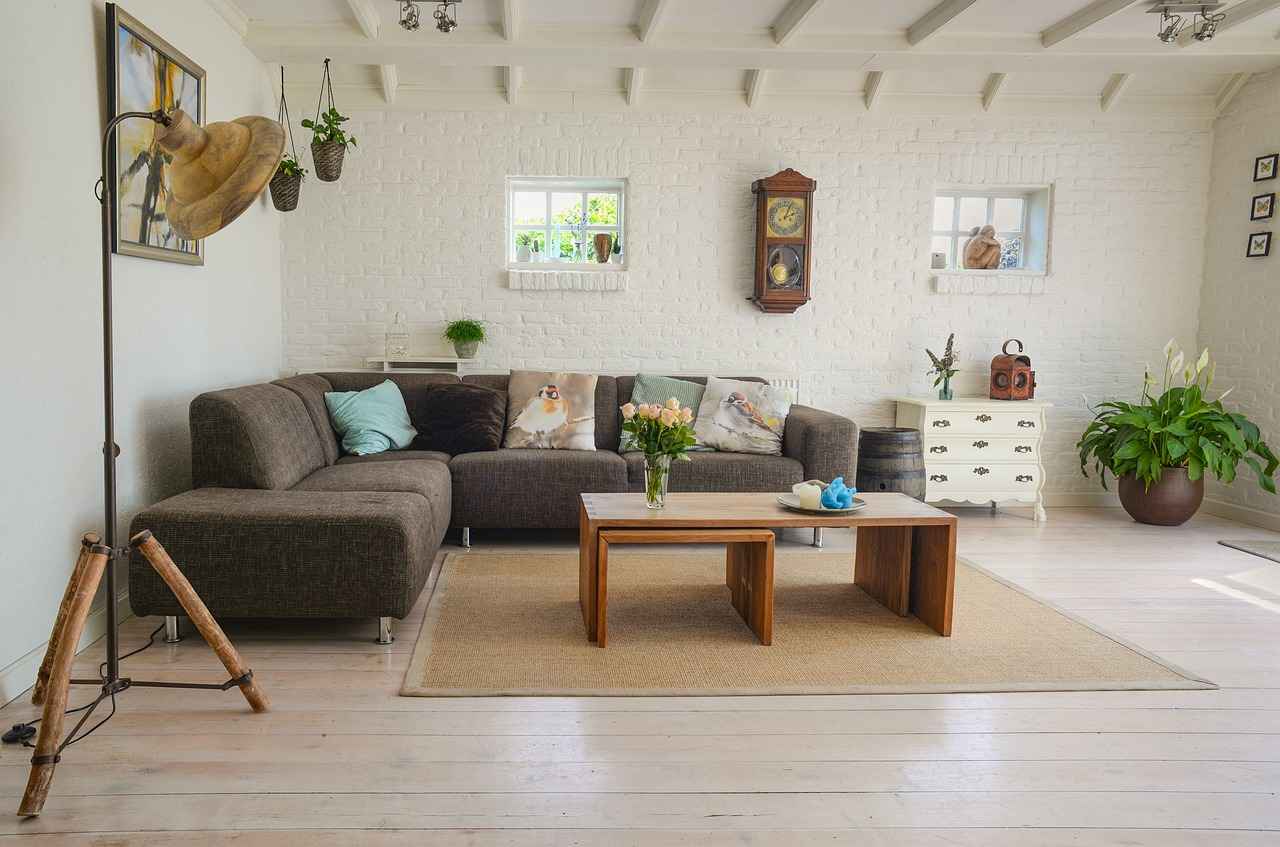
Future Trends in Plywood Furniture Design
As we move further into the 21st century, the furniture design landscape is undergoing a significant transformation. Among various materials, plywood is emerging as a frontrunner, capturing the attention of both designers and consumers. This evolution is not just about aesthetics; it encompasses functionality, sustainability, and innovation. The following trends highlight how plywood is shaping the future of bedroom furniture, particularly in bed design.
Innovative Design Techniques
One of the most exciting trends in plywood bed design is the use of advanced manufacturing techniques. Techniques such as CNC (Computer Numerical Control) machining allow for intricate patterns and shapes that were previously difficult to achieve. This precision enables designers to create beds that are not only functional but also artistic. Curved shapes and layered designs are becoming increasingly popular, offering a modern twist to traditional bed frames.
Emphasis on Sustainability
With growing awareness of environmental issues, the demand for sustainable materials is at an all-time high. Plywood is often sourced from renewable forests, making it an eco-friendly option. Additionally, many manufacturers are adopting green practices in their production processes, such as using low-VOC (volatile organic compounds) adhesives and finishes. This commitment to sustainability is appealing to eco-conscious consumers who seek to minimize their carbon footprint.
Customization and Personalization
Today’s consumers are looking for personalized solutions that reflect their unique tastes. Plywood’s versatility allows for a range of finishes, colors, and styles. Customization options are becoming more prevalent, enabling buyers to select specific dimensions, designs, and even additional features like built-in storage. This trend caters to individual preferences, making each plywood bed a unique piece of furniture.
Integration of Technology
The integration of technology into furniture design is another trend shaping the future of plywood beds. Smart beds equipped with features like adjustable bases, built-in charging stations, and sleep monitoring systems are gaining traction. These innovations not only enhance comfort but also promote better sleep hygiene. As technology continues to evolve, we can expect more smart features to be incorporated into plywood bed designs.
Minimalist Aesthetics
The minimalist design trend is also influencing plywood bed styles. Clean lines, simple forms, and a focus on functionality characterize this aesthetic. Plywood’s natural grain and texture lend themselves well to minimalist designs, creating a serene and uncluttered look. This trend appeals to those seeking a calming bedroom environment, free from distractions.
Collaboration with Artists and Designers
Collaborations between furniture manufacturers and artists or designers are becoming increasingly common. These partnerships result in limited-edition pieces that showcase unique artistic expressions through plywood. This trend not only elevates the design but also adds a story behind each piece, making it more appealing to consumers.
Conclusion
In summary, the future of plywood bed design is bright, characterized by innovation, sustainability, and personalization. As trends continue to evolve, plywood remains a versatile and attractive option for modern bedroom furniture. The combination of advanced manufacturing techniques, eco-friendly practices, and the integration of technology is setting a new standard in furniture design that resonates with the values of today’s consumers.
Frequently Asked Questions
- What are the main benefits of choosing a plywood bed?
Plywood beds are not just budget-friendly; they also offer incredible durability and versatility. With their eco-friendly materials sourced from sustainable forests, they make a stylish and responsible choice for your bedroom.
- How do I maintain my plywood bed?
Keeping your plywood bed in top shape is easy! Regularly dust it with a soft cloth and use a mild cleaner for any stains. For scratches, you can use wood filler or a matching stain to repair the surface and keep it looking fresh.
- Can plywood beds fit into any bedroom style?
Absolutely! Plywood beds are incredibly versatile. Whether you prefer a minimalist look or a rustic vibe, there’s a plywood design that can complement your personal style perfectly.
- Are plywood beds easy to assemble?
Most plywood beds come with straightforward assembly instructions, making it a breeze to put them together. You won’t need to be a DIY expert to enjoy your new bed!
- What sizes do plywood beds come in?
Plywood beds are available in all standard sizes, including twin, full, queen, and king. Just measure your space to ensure you find the perfect fit for your bedroom!
